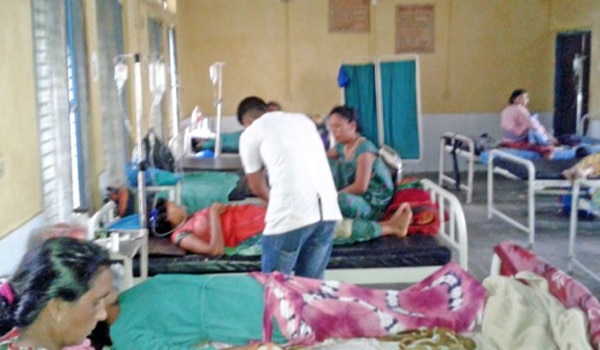
by Dr Tula Krishna Gupta
“In February this year, a 20-year-old unmarried woman was brought to our emergency ward with abdominal pain and rash on her legs and lower abdomen. Her blood pressure was almost unrecordable. It was clear from her appearance that she suffered from disseminated intravascular coagulation, a complication of severe infection. The rashes on her body were, in fact, bleeding underneath her skin.
While examining her it was found that her genital area had many old infected lacerated wounds. The smell of pus was evident despite our N95 masks. An ultrasound test revealed the retained products of conception inside her uterus. These are the tell-tale signs of septic abortion.
This woman belonged to an indigenous population group with poor socio-economic status. She had no formal education. She would be stigmatised in society for getting pregnant. Although safe abortion services are available free of cost throughout the country, she could not access this service. She could not continue with the pregnancy either. So she had undergone an unsafe abortion in her village.
The injuries in her vagina and cervix looked as though her uterus had been penetrated by a shaft to rupture the gestational sac and cause abortion. Such unsterile practices are usually lethal. She soon suffered cardiac arrest. We attempted cardiopulmonary resuscitation but to no avail.
Even after she was declared dead, and we informed the family about the cause of death, none of them were interested in seeking justice for the woman. Instead, they began arguing that this had brought shame to them…. We informed the authorities about her death. A post-mortem was performed, but that was the end of it, without a formal complaint from the family members….
Abortion in Nepal was made legal in 2002. The Right to Safe Motherhood and Reproductive Health Act has provisions for abortion for up to 12 weeks on request and up to 28 weeks of pregnancy on a range of grounds. Despite comprehensive reproductive rights laws, there are still barriers leading to unsafe abortions – the stigma associated with abortion, gender inequality, lack of education, lack of access to services, low socio-economic status and lack of health facilities, among others. Such barriers are present in varying magnitude in various parts of the country leading to incidents like these…”
SOURCE:The Himalayan Times, 16 September 2020 ;PHOTO: by THT, May 2016



